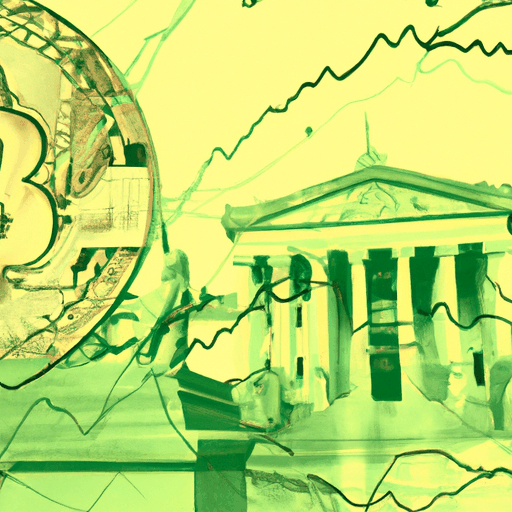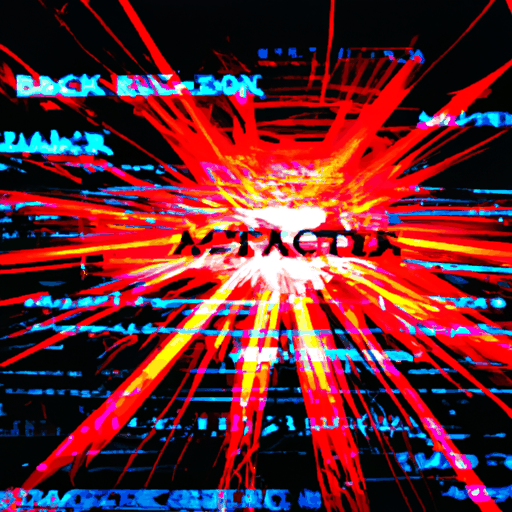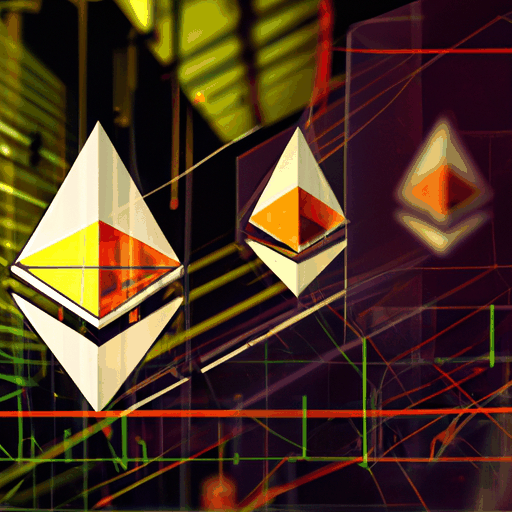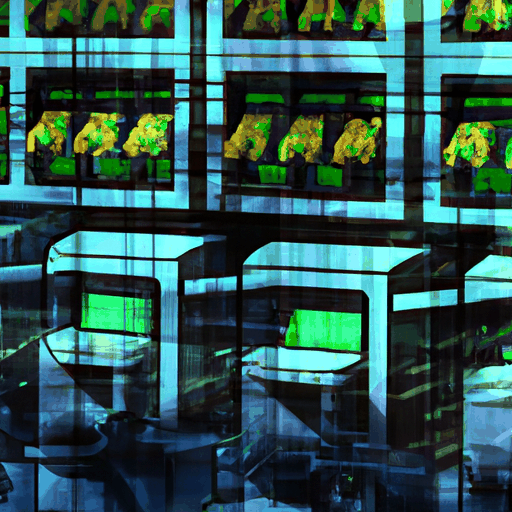
Circle's Arc Blockchain: Innovations and Challenges Ahead
By: Eva Baxter
Circle, the issuer of the stablecoin USDC, has announced its plans to launch a new enterprise-focused Layer 1 blockchain named Arc. According to the company's statement, Arc is designed to serve as foundational infrastructure in international money movement, supporting a distributed financial system that crosses borders smoothly. The fully interoperable blockchain aims for a public testnet release between September and December 2025. This blockchain is expected to offer support for a wide range of applications, including stablecoin payments and foreign exchange within capital markets.
Arc is engineered to be compatible with the Ethereum Virtual Machine (EVM) and will utilize USDC as its default gas token. It introduces several novel features such as a built-in stablecoin FX engine and sub-second settlement finality, targeting a throughput of 3,000 transactions per second with 20 validators. Designed for high performance, the network can potentially achieve up to 10,000 transactions per second using just four validators. Additional functionalities include confidential transfers and advanced privacy options, such as encrypted mempools and multi-proposer setups, complementing its plans for diversified asset management.
The blockchain is also set to host regulated assets like tokenized equities and institutional-grade funds. Circle plans to collaborate with licensed asset issuers and custodians to ensure these assets meet legal requirements and are fully collateralized. Beyond stablecoin uses, Arc aims at facilitating rapid, secure financial transactions globally, integrating with Circle's CCTP and AI-driven treasury management tools for approved institutions.
However, these ambitious plans have met with skepticism in the crypto community. Concerns have been raised over potential centralization risks due to its validator structure. Critics like Omid Malekan and Adam Cochran have argued that Arc's framework leans towards being a consortium chain, rather than a truly decentralized network. The reliance on private validators could make the network vulnerable to manipulation, hindering its position as a counter to traditional financial middlemen. Such apprehensions underscore the challenges Circle might face in balancing enterprise interests and community ideals in its pursuit of blockchain innovation.



